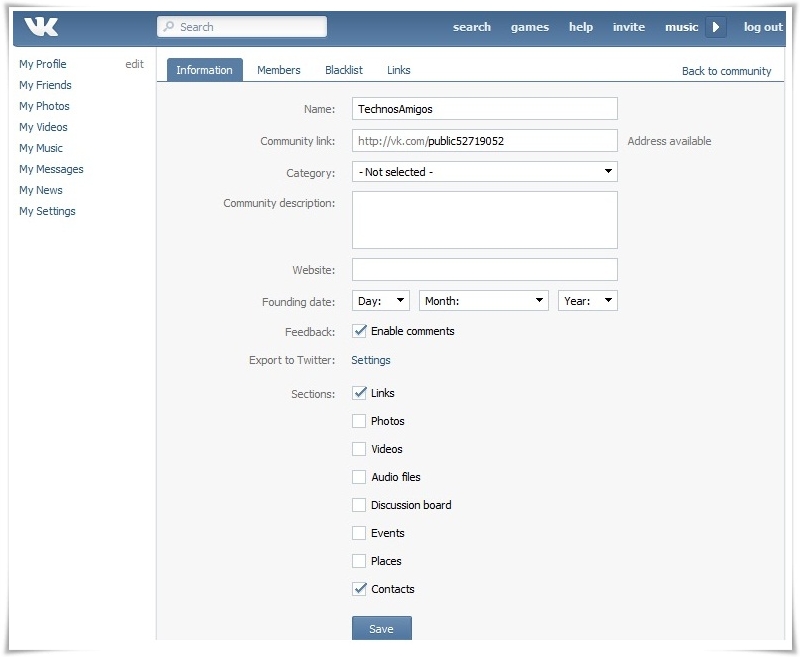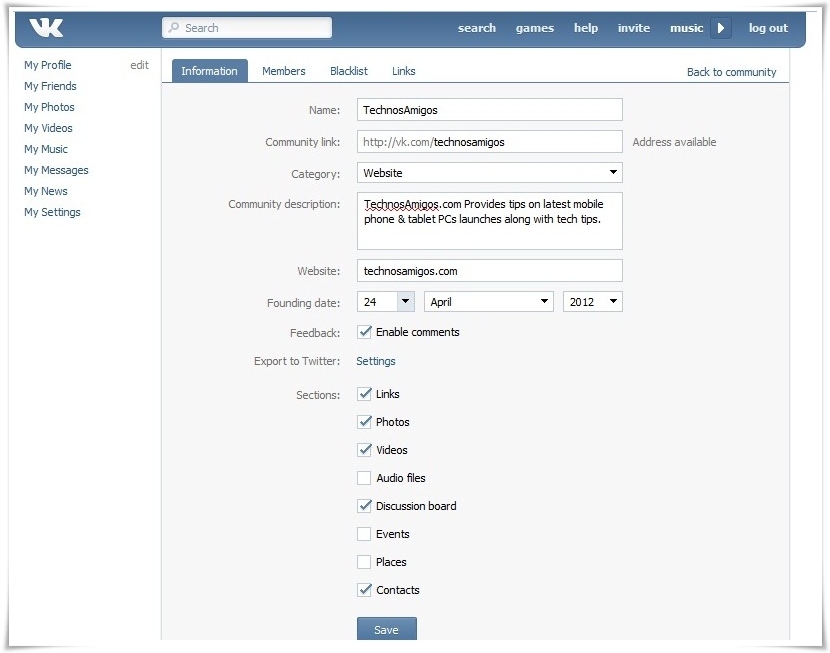When
it comes to search engine optimization, many businesses are still
unsure of what metrics to use to ultimately measure the effectiveness of
their efforts and indeed, just how relevant SEO actually is with
regards to their content marketing strategies.

via forbes
Those
who understand the importance of best practice in SEO ultimately
maintain a greater competitive edge and benefit from increased
visibility, greater brand recognition and improved conversion rates.
This has also resulted in a booming industry of SEO agencies where
competition is livid. The sheer amount of SEO companies has ballooned
into the thousands over the years, making the process of choosing an SEO company
both beneficial and challenging. Beneficial because competition forces
the creation of better agencies, yet challenging because SEO takes some
time to grasp.
With
that in mind, the following article will address 7 critical tips your
business will need to take on board in 2015 and beyond.
1. Engage in Mobile SEO
Google’s latest “mobile-friendly algorithm”
is set to change the online landscape and from April 21st, 2015 will
officially include responsive website usability factors and application
indexing. This means that if your website isn’t optimized for mobile
responsiveness, you will be losing out on potential sales.
The
increasing array of mobile technology is changing the way consumers
search for information online and if it isn’t already a core part of
your SEO plans for the year ahead, make sure it becomes a top priority.
2. Optimize Title Page Descriptions
For
years potential customers at various stages of the buying decision
process have been relying on the information provided by title tags to
make informed decisions about whether or not to click. This is the text
that appears just after the heading in search engine results.
Companies
such as Google, Yahoo! and others typically only allow for strings of
text that are 50-60 characters long. If these are underutilized and
underperform, they should be revisited and brought up to date.
3. Select Keywords by Commercial Intent
Many mistakenly believe that keywords are only effective if they are relevant to a user’s interests, however, a recent article
from OrbitMedia reveals that persuasive keywords representative of
commercial intent can successfully increase and convert traffic.
Using
terms such as “buy now,” “free shipping,” “best” or “affordable” and
including them within page headings and metadata serves to improve
click-through rates and synergizes with what users are already searching
for.
4. Consider Keyword Hierarchy
Aside
from the need to keep keywords relevant, they need to be inserted
throughout quality content in some sort of top-down structure before
your efforts in SEO can gain traction with audiences.
One way to encourage traffic is to engage in cross-linking,
directing potential buyers to your website from other external or
internal sources via hyperlinks. In this way, you’ll be able to create a
network of backlinks that consistently drive consumers towards your
various online media spaces.
5. Shorten Your URLs
In
the past, websites were limited in their size, scope and function and
so long as you had secured a short URL for the homepage, nothing else
really mattered. It’s now vital that all URLs be kept short and free of
superfluous percentage signs and seemingly random numbers.
If
you’re in the middle of updating your site with new information or have
been adding to your blog or news page, take the opportunity to optimize
your URLs as these will be key factors in determining page rank.
6. Focus on ROI Instead of Search Engine Rankings
While
a first page Google ranking would be nice to have, it certainly isn’t
achieved overnight. Placing a time limit on your efforts can undo a lot
of the progress you’ve made, especially if you pull the pin prematurely.
Track your site’s analytics via Google AdWords
or your preferred PPC campaign platform and if you tailor any of your
SEO practices, ensure that you do this incrementally as large, sweeping
changes tend to be less effective than smaller, more measurable ones.
7. Create SEO Strategies That Map to Your Audience
Lastly,
the effectiveness of your efforts depends upon the strategies you
employ as a whole. If what you come up with isn’t worth more than the
sum of its parts, it isn’t going to be worth pursuing.
Do your research and focus on the new ways you can reach new audiences
in neighbouring markets and fit your keywords to the content, not the
other way around.
At
the end of the day, SEO is an ever-evolving responsibility of
businesses and it doesn’t look to be going anywhere any time soon.
 vKontakte is often referred as the Russian version of Facebook. Just like Facebook Fan Page, Google+ plus you might be interested in creating the VKontakte page as well. When it comes to social network promotion, its quite important to maintain your presence everywhere. Yes, VK.com (VKontakte) can be another source of visitors to your site. You can share your articles, photos and YouTube/Vimeo videos to get visitors.
vKontakte is often referred as the Russian version of Facebook. Just like Facebook Fan Page, Google+ plus you might be interested in creating the VKontakte page as well. When it comes to social network promotion, its quite important to maintain your presence everywhere. Yes, VK.com (VKontakte) can be another source of visitors to your site. You can share your articles, photos and YouTube/Vimeo videos to get visitors.






+Video+Songs+Download+Arjun+Feat.jpg)
+Free+Download+Full+MP3+Movie+Songs.jpg)











